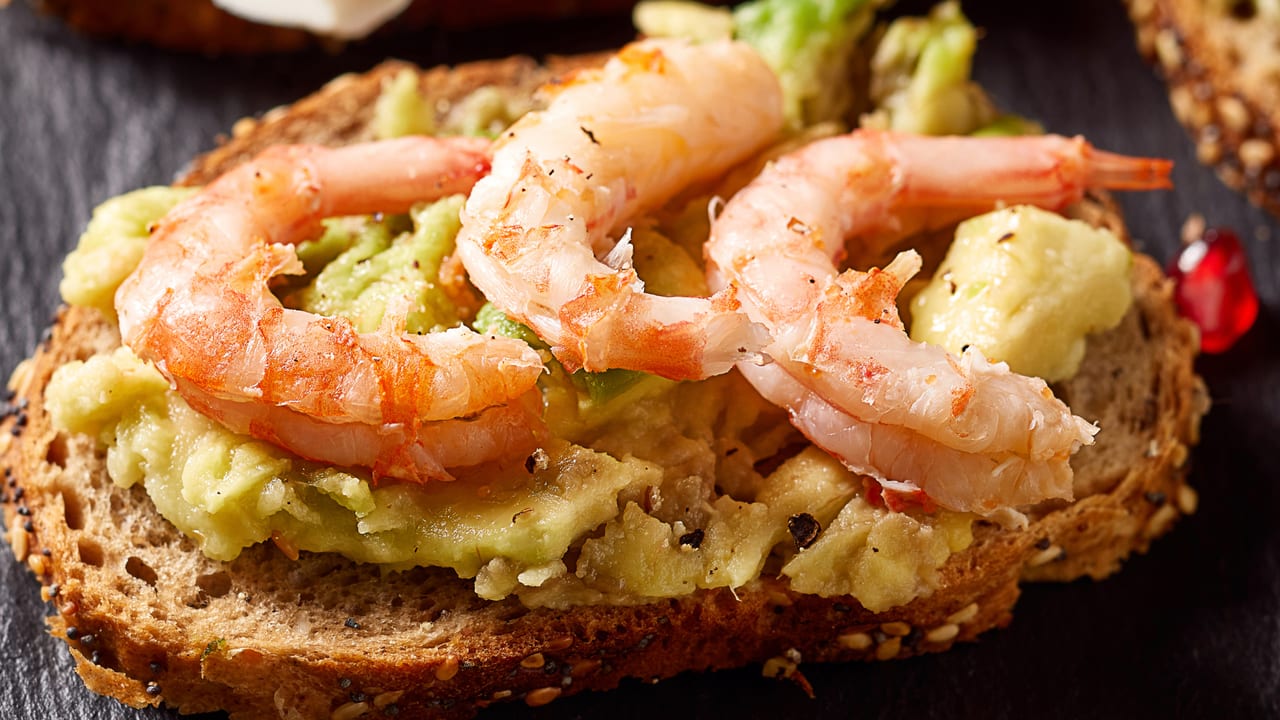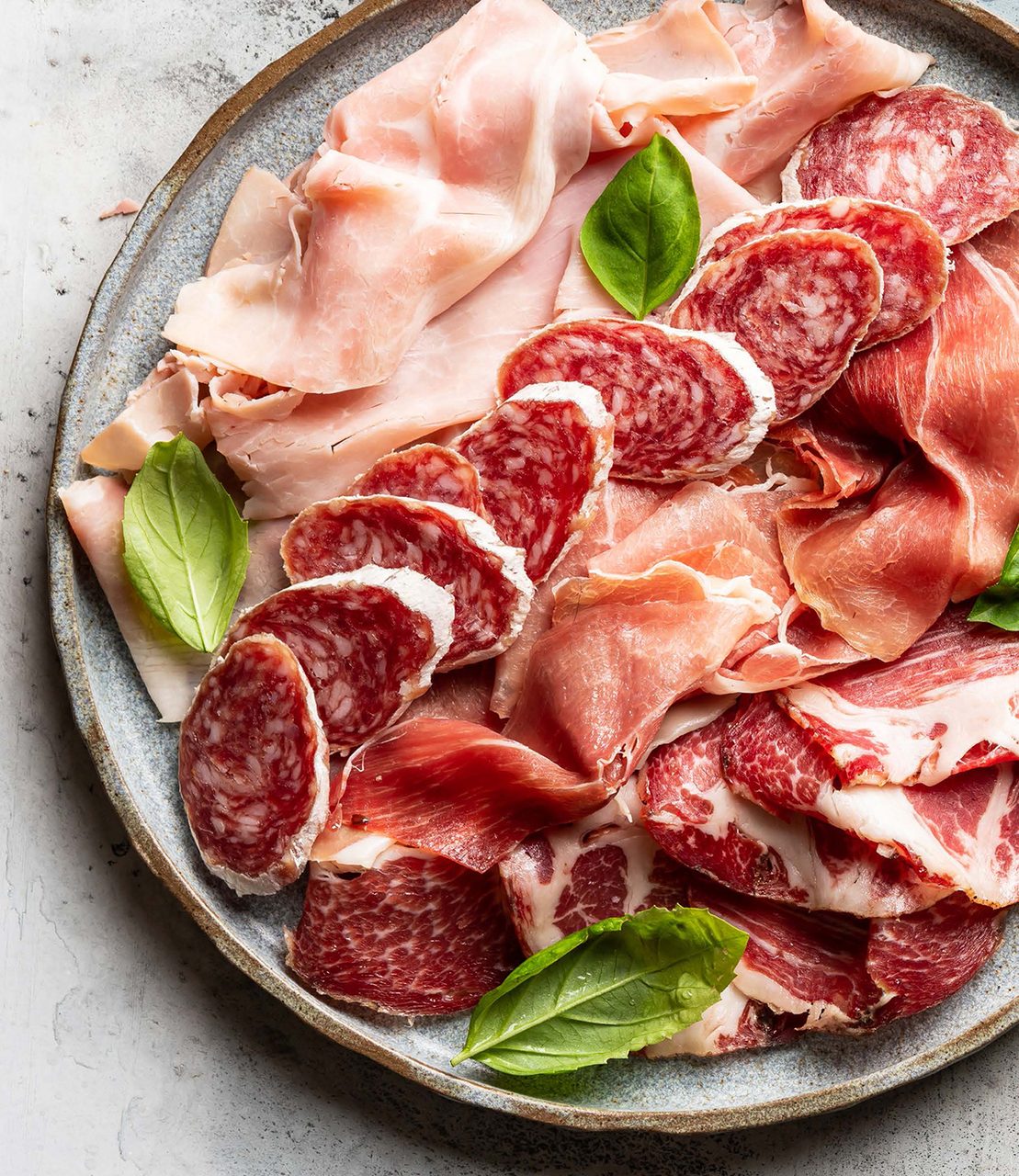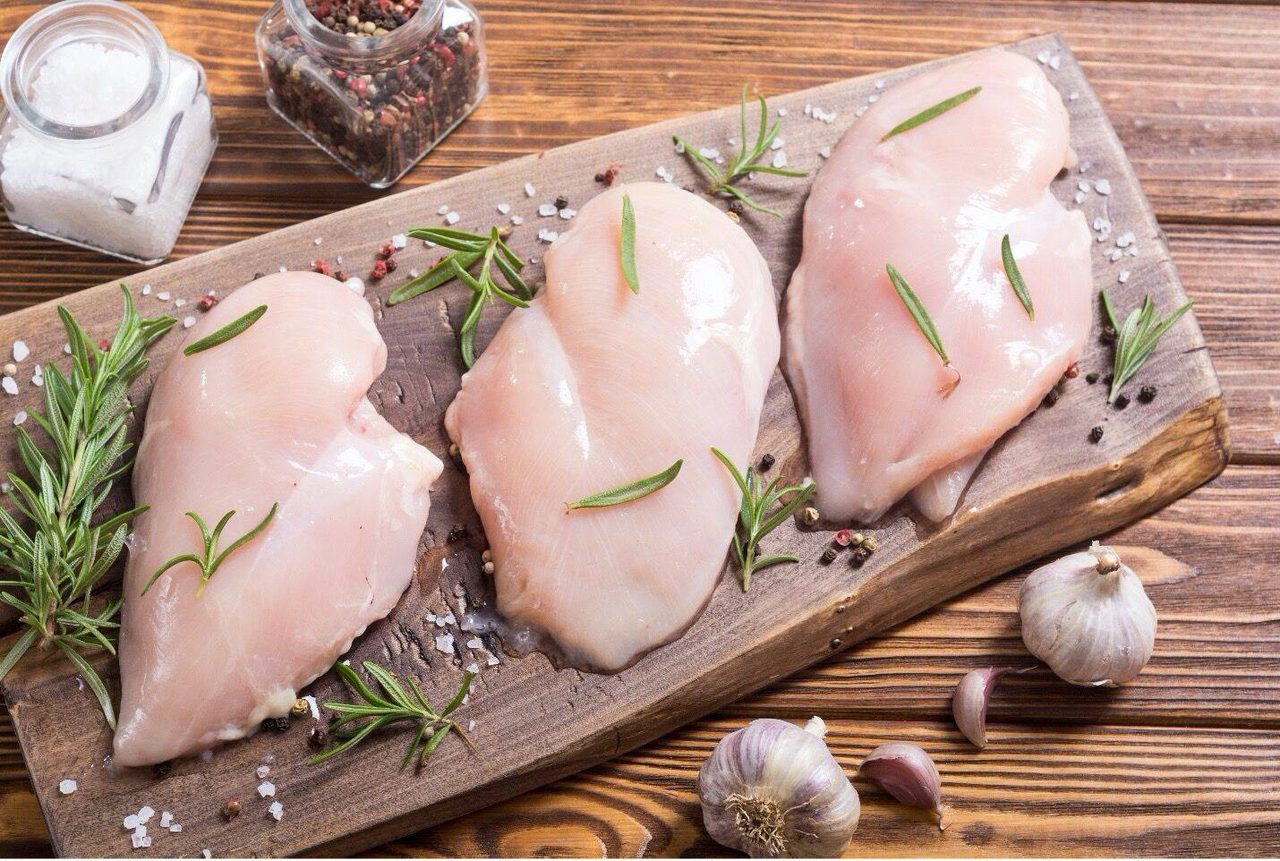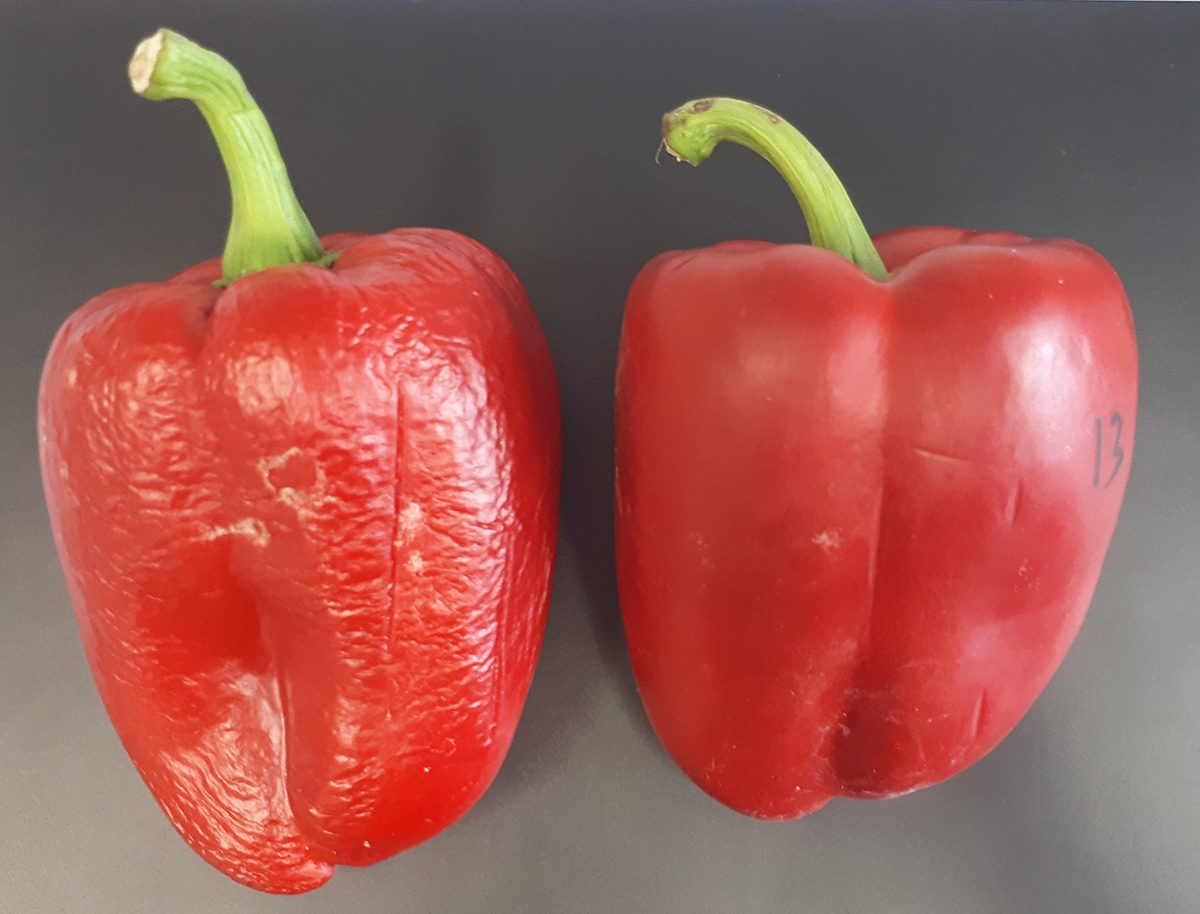Only Natural
INGREDIENT
challenges
Fermentation, acidification, moisture and oxygen control—all of these are ancient or traditional food preservation methods that civilizations have relied on to extend the longevity of foods and beverages. From lactic acid fermentations of produce (such as kimchi and sauerkraut), to fermenting of dairy (cheese, yogurt, etc.), to the curing and smoking of fish and meat, these proven and effective methods and technologies have been relied on through the ages to alter the intrinsic properties of foods and extend their consumability.
Food processors are reaching into old methods of preservation and simultaneously applying modern technologies and ingredients, especially sustainable, plant-derived options. They also are exploring adding plant-based derivatives into the natural preservation space to keep labels as clean as possible.
Time-tested methods of food processing that modify and control constitutional elements of foods like acidification, dehydration, or controlled fermentation are a few processes that aid shelf life extension and still have a place in modern food production.
Photo courtesy of: Getty Images / NatashaBreen
By TAMIEKA HARDY, MAS, PCQI, Contributing Editor
Ancient ingredients and methods for food preservation are being revived for a more natural world.

The science of clean-label food preservation continues to advance with discoveries such as a fiber from mushrooms that confers antimicrobial protection. Photo courtesy of: Chinova Bioworks, Inc.
Mainstream grocery stores have experienced an influx of fermented foods, from the now ubiquitous live-probiotic yogurts, to varieties of probiotic beverages and foods such as kimchi and sauerkrauts. The fermentation process does more than change and enhance flavor, however: It also imparts a level of acidity that helps extend shelf life. The culturing process itself provides more controlled hosts of microorganisms, both in the product and in the digestive system once ingested, and helps to decrease the likelihood of undesirable organisms growing to levels that cause spoilage or pathogenic harm.
Other “old becoming new” methods like dehydration also have seen an increased amount of products of that category on store shelves. Category examples have expanded from simple beef (and other animal protein) jerkies, biltong, to fruit leathers, and freeze-dried produce treats.

Drying foods removes the medium in which bacteria thrive, while maintaining flavors, color, and nutrition. Photo courtesy of: R. J. Van Drunen & Sons, Inc.
Consumers’ increased demands for clean label, naturally derived, minimally processed, and similar options for what they eat and drink have propelled the food processing industry’s investigations into preservation methods of the past. And pairing those methods with modern technology and innovation is allowing ingredient makers to develop catalogues of naturally derived preservatives that maintain “clean auras” on product labels.
Plant to plant
As the food industry continues to offer more plant-based products and products that come “straight from earth” with minimal processing and traditional preservatives, that trend has dovetailed with the demand for more clean-label appropriate preservatives for shelf-life extension. Consumers are perceiving fewer differences between “good for the environment” and “good for the body.”
In developing lipid-based applications, such as plant-based spreads or butter replacements, preservation is especially challenging, as plant oils tend to turn rancid somewhat rapidly without protection. Such ingredients also have a high susceptibility to spoilage due to high carbohydrate loads.
Teachable Moment
As developers proceed with creating naturally preserved products that are comparable to conventionally preserved foods, increased consumer education will be needed around the capabilities and shortcomings of clean-label preservatives and shelf-life extenders. The give and take around flavor, cost, and durability is a hurdle that processors face when developing foods and beverages that are naturally preserved, whether by process, added ingredient system, or a combination of the two.
Increased accessibility to ingredients has opened opportunities to explore options of plant-based derivatives for use as clean-label or natural preservatives that can extend shelf life. To this end, ingredient scientists are bringing to the fore natural ingredient systems that can meet the dual challenge of extending shelf life while aiding in the creation of desired texture and mouthfeel attributes.
An example of this is the use of cultured dextrose. When re-hydrated from a powdered form, a natural chemical disassociation occurs that produces the GRAS-designated propionic acid, which acts as a naturally derived preservative. In certain food matrices, using cultured dextrose alone does not show great success with improving overall shelf life, because it is essentially a cultured sugar that can still feed certain spoilage organisms. However, when paired with fermented flaxseed, plum seed, and oregano preservatives in products, significant extension has been achieved.
Additives such as sorbic acid, another natural preservative found in extracts from the rowan berry, also are becoming more popular. Sorbic acid helps to retard the growth of undesired yeasts and molds, yielding a slightly longer shelf life.
The Australian native green plum (Terminalia ferdinandiana), also called the kakadu, is an excellent example. It has been hailed for its powerful antimicrobial capabilities, and research supports how extracted components of the plum’s flesh and seeds demonstrate the ability to cause cell wall rupture and cytoplasmic leakage of both gram-positive and gram-negative microorganisms, including Escherichia coli and Staphylococcus aureus. Additionally, some commercially produced Australian native green plum products yield the aforementioned sorbic acid.

Combining natural preservative methods, such as drying with natural botanical extracts, adds multiple layers of safety. Photo courtesy of: Kerry Ingredients/Kerry Group plc
Buttoned up
Fibers derived from white button mushrooms have been discovered to possess antimicrobial properties within fibers derived from them. These fibers have been developed to act as a one-to-one replacement for conventional preservatives in many formulations.
This mushroom-derived preservative has been shown to impede the proliferation of spoilage microorganisms (including yeast, mold, bacteria), and can also inhibit the growth of pathogenic bacteria such as E. coli and Listeria. Preservative applications of the antimicrobial fibers can be used in a variety of food and beverage products, and are especially effective in plant-based meat and dairy substitutes, as well as sauces and spreads. Investigations into the benefits of this mushroom fiber ingredient continue, with indications that it can also afford protection of flavor, color, and texture in addition to controlling pathogens and spoilage organisms.

Ancient food preservation techniques used herbs and spices; today’s version includes polyphenol-rich antioxidant preservation solutions from the same sources. Photo courtesy of: Layn Natural Ingredients Corp.
Innovations in plant-based technologies also present solutions from plant derived extracts with properties that combat microbial spoilage. Extracts from plants like rosemary, green tea, tart cherries, and celery possess antioxidant properties that slow oxidative degradation and quality loss. The extracts come with the added benefit that under typical use, they are flavorless.
Edible, but not palatable
Preservation is not only about spoilage. With many plant-based formulations, flavors can go off even while the product still remains safe and edible. In formulations where unintended and unwanted flavors are able to come through or develop until noticeable in the finished product, antioxidants are a common remedy. While one of the more classic antioxidants for foods—the tocopherol form of vitamin E—is naturally derived, consumers are still interested in alternatives.

Among the latest advances in shelf-life extension for produce takes place right from the farm via application of an invisible edible coating. Photo courtesy of: Sufresca, Ltd.
Control and Contain
For processors shifting to plant-based and other natural preservatives, controls during shipment and storage will be required to maintain the integrity of finished products, as some natural preservatives are more temperamental and susceptible to environmental fluctuations. Associated costs may be passed on to the consumer. Additionally, cultivating a better understanding of the shelf-life expectations of naturally preserved foods will be paramount as the applications of natural shelf-life extenders increase across food manufacturing categories.
As the once-common synthetic or synthetically derived antioxidants such as tertiary butylhydroquinone (TBHQ) and butylated hydroxytoluene (BHT) have been phasing out of the food chain due to consumer pressure (both passive and active), powerful extracts from rosemary oil and chamomile are becoming more commonly used. These actually act as oxidants, providing free radicals that submit to oxidation instead of the food products themselves.
In the clean label space, many of the successes in preservation and shelf-life extension are found when utilizing multiple products, methods, and technologies to achieve desired outcomes. Classic methods are being paired with novel ingredients and technologies to extend the shelf life of clean-label foods with as little processing as possible, while maintaining the integrity of the finished products. PF
Tamieka Hardy, MAS, is an experienced research chef and food safety and technology expert, a food industry writer, and owner and director of the food consultancy Croissant Sol, LLC (IG/FB:@croissantsol) and the Food and Arts Instagram page @spicesandspraypaint. Hardy holds degrees in Food Safety and Culinary Arts and Food Sciences, including a masters in applied science, and is certified as a Preventive Controls Qualified Individual (PCQI). She may be contacted at Tamieka.Hardy@yahoo.com or through Prepared Foods.
November 2021
